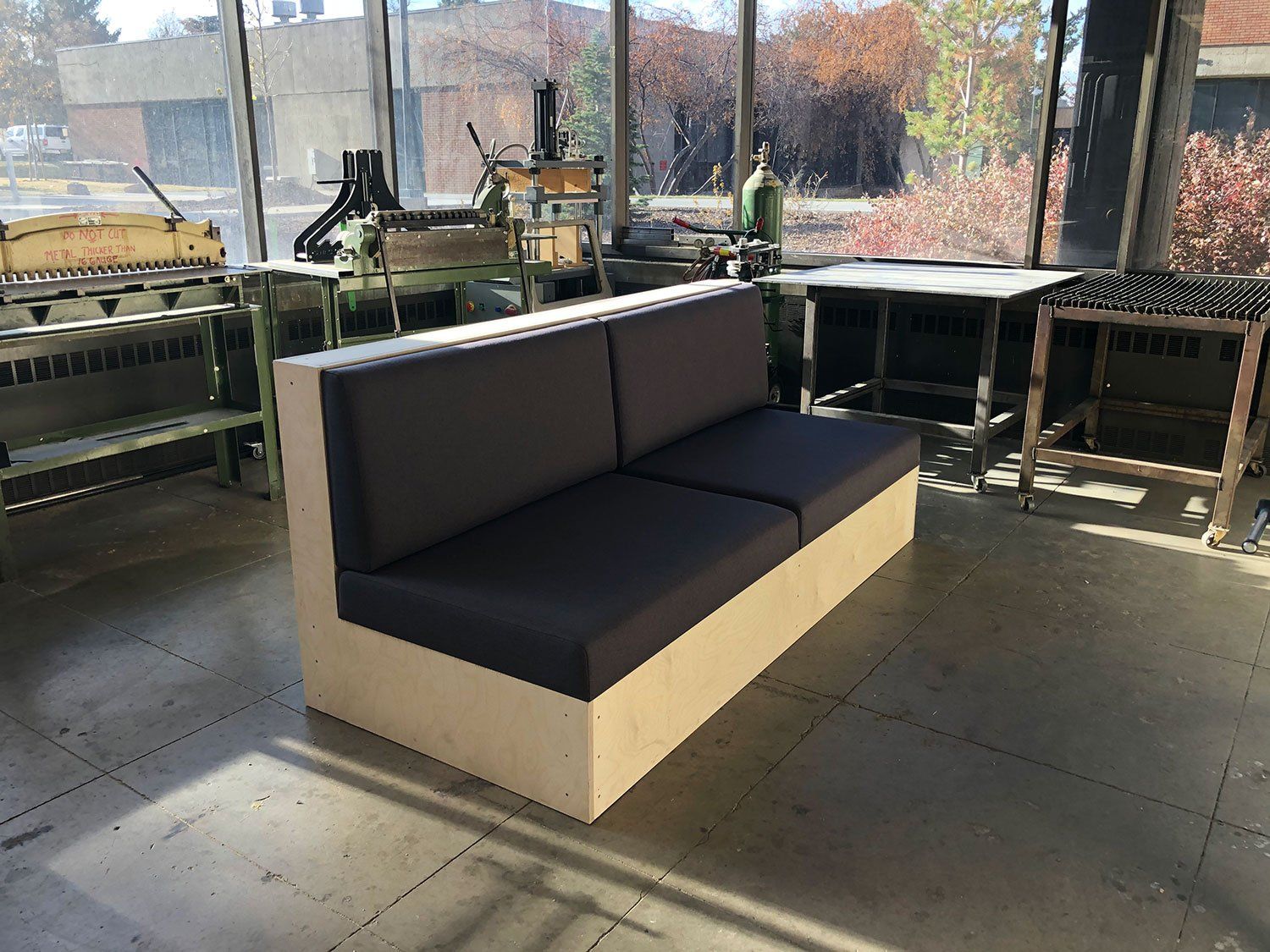Build Week 13: Site Excavation
With a permit in hand, we are finally moving forward in the Kunga's backyard with site excavation. We moved all of our panels and supplies from our temporary construction site on campus to our actual site and we are ready to go.
Week of November 12 - Days 23 & 24
We thought that we did a lot of digging last week, but this week puts last week to shame. Energy efficient buildings require a lot of extra thought, even in the foundation before the concrete is poured. That starts with digging a deeper foundation to accommodate foam insulation underneath. To expedite last weeks efforts, we had the help of an excavator this week to dig down even further than we already had, about three feet deep in some spots (and even further in some to meet plumbing requirements). The Kunga family is always so great to help us out whenever they can.
Even after the help of the excavator, there was still a large amount of manual work to clean it all up and make it form-ready. The importance of architectural details in the construction set make a lot more sense when you are on site figuring out exactly how all of the pieces get put together. Once we had the depths that we needed in the right spots, we compacted it all down nice and strong.
Our building is going to be built on a shallow slab foundation. This allows for a continuous insulation of the heated floor slab, to minimize energy loss to the ground. Even though we discussed the common argument that for the cooling case an uninsulated slab helps to take heat out of the building, therefore reducing energy consumption for the air conditioning system, our energy modeling clearly showed that in Salt Lake City's heating dominated climate the 8" insulation helps a lot if looked at the entire year's energy balance. For a shallow slab foundation, a thicker, 18" slab perimeter replaces the foundation strip and stem walls, while a 4", thinner slab is installed elsewhere. Even though considerably more EPS and Geofoam is been used, a lot of embodied energy is saved by reducing the amount of concrete considerably. Doing a shallow slab requires attention to detail to make sure that each area is the correct depth and width to accommodate the gravel, then foam, and finally the radon membrane before the concrete is poured.
Also this week we finished our last projects on campus including the metal fins, countertops, and the couch. We then moved our panels to site. It required renting the biggest truck we could and a whole lot of lifting, but we got them here! It feels so good to have them so close to being put up for good.





